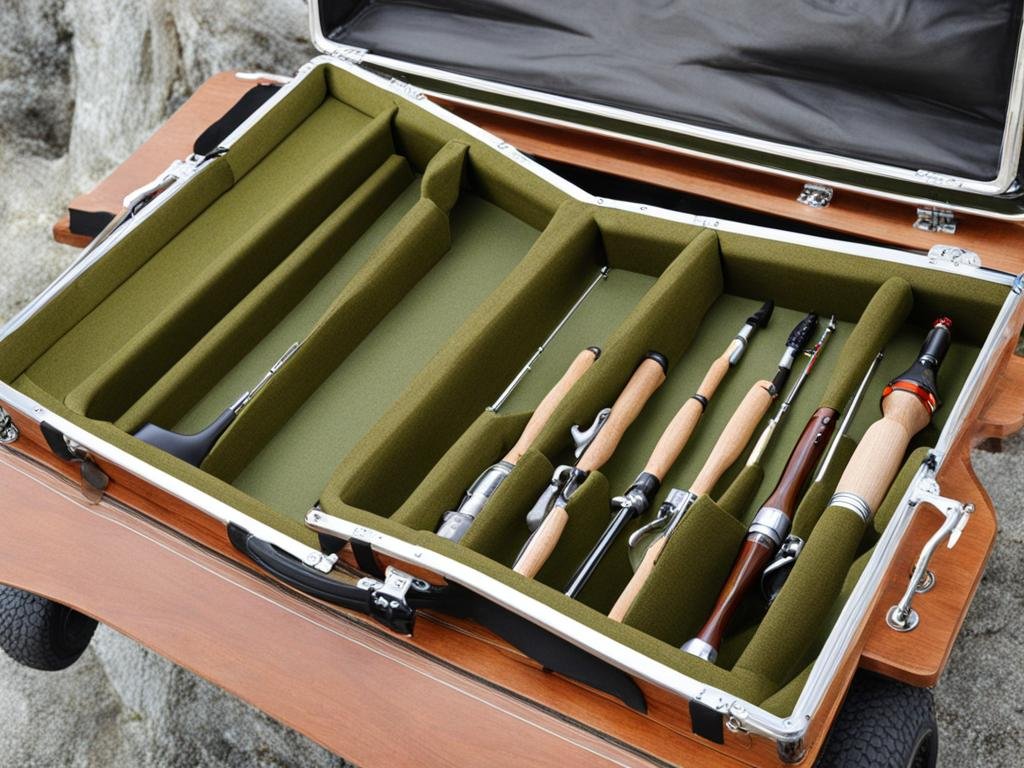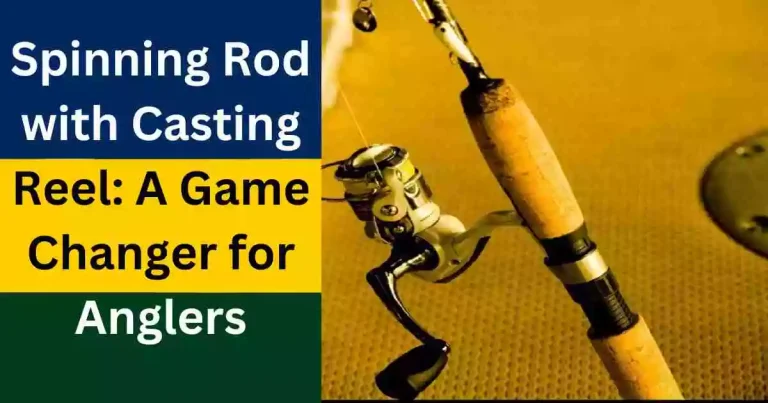If you’re an angler who loves to explore new fishing spots, you know the importance of protecting your gear during travel. A fishing rod travel case is essential for keeping your rods safe from damage while on the move.
In this article, we’ll guide you through the steps to create your fishing rod travel case, ensuring that your equipment remains secure no matter where your adventures take you.
Understanding the Need for a Fishing Rod Travel Case

Before diving into the making process, let’s understand why a fishing rod travel case is a wise investment. Transporting fishing rods without proper protection can lead to scratches, dents, or breaks. A travel case minimises these risks and makes carrying multiple rods more convenient. It’s about giving you peace of mind while focusing on catching the big one.
Materials and Tools Required
To get started, gather the following materials:
- PVC pipe (2-3 inches in diameter, length depending on your rod)
- PVC pipe end caps
- Foam padding
- Adhesive (suitable for foam and plastic)
- A saw (for cutting PVC)
- Sandpaper
- Strap or handle for carrying
- Drill and screws (for attaching the strap or handle)
Step-by-Step Guide to Making a Fishing Rod Travel Case
Step 1: Measuring and Cutting the PVC Pipe
Measure the length of your longest fishing rod and add a few extra inches to ensure enough space for padding at both ends. Use the saw to cut the PVC pipe to the desired length. Smooth the cut edges with sandpaper to prevent sharp edges from damaging your rods.
Step 2: Padding the Interior
Cut the foam padding to fit the interior circumference of the PVC pipe. The padding should be thick enough to cushion the rods but not so bulky that it becomes difficult to insert them. Use adhesive to secure the padding in place, ensuring it’s evenly distributed along the length of the pipe.
Step 3: Preparing the End Caps
Drill holes into the centre of each end cap. These will allow you to secure the caps to the PVC pipe after placing your rods inside. Optionally, line the inner side of the end caps with foam padding for added protection.
Step 4: Attaching the Strap or Handle
Decide whether you prefer a shoulder strap or a simple handle for carrying your case. For a shoulder strap, attach D-rings to the side of the PVC pipe using screws, and clip the strap onto the rings. For a handle, use a sturdy material like nylon webbing, and attach it with screws to create a comfortable grip.
Step 5: Assembling the Case
Once the adhesive has dried and all components are prepared, it’s time to assemble your travel case. Place your fishing rods inside the padded PVC pipe, and secure the end caps with screws. This method allows you to open the case easily while keeping everything tightly secured during transit.
Additional Tips for a Customized Case
- Consider painting the exterior of your PVC pipe for a personal touch or to add visibility.
- For extra security, install a screw-on cleanout plug instead of a standard end cap on one end of the pipe.
- Label your case with your name and contact information if it gets misplaced during your travels.
Which Type of Fishing Rod is Best Suited for a Travel Case?
When choosing a fishing rod for travel, consider the advantages of onepiece vs. twopiece fishing rods. While onepiece rods offer seamless action and sensitivity, twopiece rods are more convenient for packing and transportation. Choose based on your fishing style and travel needs.
Maintaining Your Fishing Rod Travel Case
Regularly check your case for any signs of wear and tear. Keep the screws tight, and if the foam padding begins to degrade, replace it to maintain optimal protection.
Conclusion
Creating a fishing rod travel case is a practical project that enhances your fishing experience by ensuring the safety of your rods during travel. You can craft a durable and customized case with simple tools and materials. This homemade solution saves money and provides a sense of accomplishment as you take the gear you’ve protected with your hands to the waters.
Where to Find Materials
You can find the necessary materials at your local hardware store or through online retailers. For example, Amazon offers a variety of PVC pipes and related accessories.
Remember, the goal is to get to your favourite fishing spot with all your equipment in top condition, ready for the challenge. You’re all set for a successful and stress-free fishing trip with your new travel case. Happy angling!





